In 2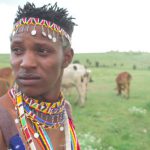 013, as a 12 year old boy, Kenyan Masai Richard Turere gave a TED talk about his invention at age 11 years old. He invented a solar-powered light system to keep the lions out of the cattle pen, as his family was losing as many as nine cows a week. With each cow worth up to $1,000 (£753) it was an expense the family just couldn’t afford.
013, as a 12 year old boy, Kenyan Masai Richard Turere gave a TED talk about his invention at age 11 years old. He invented a solar-powered light system to keep the lions out of the cattle pen, as his family was losing as many as nine cows a week. With each cow worth up to $1,000 (£753) it was an expense the family just couldn’t afford.
“Lion attacks on our cattle were rampant and happened on a daily basis,” says Richard’s mother, Veronica. “After the lights, we had no more problems.” He lives in Kenya, in Nairobi National Park. It’s a park with lots of animals that roam freely, including lions. The lions kill livestock. So he say, “I grew up hating lions.”Turere, who took part in the Global Talent Search in 2011, tried to solve the problem.
It took a while for Richard to perfect his invention First, he used fire. But that didn’t work, and actually, “It was helping the lions see through the cowshed.” So he went to a second idea: a scarecrow. “I was trying to trick the lions. But lions are clever.” On the first day, the lions came, saw the scarecrow and left. The second day, they came and realized it wasn’t moving, and killed the cows.
But one day Turere discovered that lions are afraid of moving lights. So he got a bunch of lights and an old car battery, and the thing from a motor car that makes the blinkers blink. He set up a circuit that made lights flash. It worked: “The lights flash and trick the lions that I’m walking around the cowshed when I’m sleeping in my bed.”
Since then, no problems with lions. Other people nearby heard about it and had similar problems, so they asked him to install lights for them. Now it’s used all across Kenya to scare various predators. Because of this, he received a scholarship to the best college in Kenya.
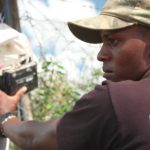 Richard says. “I began learning about electronics by breaking things, I broke my mum’s new radio and she was very annoyed – she nearly killed me!” The Lion Lights system is now in 750 homesteads in Richard’s community and beyond, with the innovator making small tweaks and improvements to each version.
Richard says. “I began learning about electronics by breaking things, I broke my mum’s new radio and she was very annoyed – she nearly killed me!” The Lion Lights system is now in 750 homesteads in Richard’s community and beyond, with the innovator making small tweaks and improvements to each version.
“I’m often called in to do maintenance on the lights because people don’t really know how they work,” Richard says. “They try to fix them themselves, so I came up with the idea of making the system automatic.”
Lion Lights 2.0 costs $200 (£150) to install. Half of the money usually comes from NGOs while the rest is provided by the herder. This version has 16 different flashing light settings and Richard’s latest update is a homemade wind turbine for days when clouds limit the solar power potential.
Richard’s community is particularly hard hit by the human-wildlife conflict. Sandwiched between the Nairobi National Park and the encroaching township of Kitengela, the “community lands” are only separated from the Park’s wildlife by a small river.
Every night wildebeest and zebra cross over to the community lands in search of fresh pasture – and the lions soon follow. “Lions are a big problem. It’s very easy for them to prey on the cows and sheep, especially at night,” says Reverend Calvin Tapaya, a community Maasai preacher and pastoralist. “But the cows and the sheep are our banks. As Maasai, it’s where we store our money.” Despite not receiving any government funding to date, Richard believes that his project is helping the Kenyan Wildlife Service (KWS), which runs the country’s national parks.
Retaliation: Killing of Lions. Lion Lights Tries to Prevent clashes between Lions and humans.
According to the organisation, Kenya has been losing about 100 lions each year for the last decade with just over 1,700 left in the wild. Some of those losses are caused by humans. In 2012, six lions, including two adult lionesses and two cubs, were killed by a mob after they invaded a settlement in Kitengela. Richard’s Lion Lights work to protect the lions from nearby communities, like his own, as much as they protect the community’s cattle from the lions.
“Since 2010 there have been more losses of lions from retaliatory killings than there were before,” says wildlife expert Lucy Waruingi, executive director at the African Conservation Centre. “There’s less land available to the Maasai and to the wildlife, so they’re coming into contact when before they didn’t.”
Right now there aren’t many alternative schemes to help those affected, let alone to try and prevent the clash between lions and humans, as Lion Lights tries to do. In 2014, the Kenyan government passed a law that included a compensation scheme for those affected by the human-wildlife conflict. But, in practice, only sometimes is compensation paid and there’s a backlog of claims.
“We have not fully implemented compensation of livestock, property and crops, because there are guidelines which have not passed through parliament yet,” says James Kitarus, a community warden at Nairobi National Park.
Excerpts:
1.BBC article: What happened to the boy who chased away the lions?
By Olivia CrellinKitengela, Kenya / https://www.bbc.co.uk/news/business-44398952
2. TED Blog article A 12 year old learns to scare lions: Richard Turere at TED2013 Posted by: Ben Lillie February 26, 2013
A 12 year old learns to scare lions: Richard Turere at TED2013
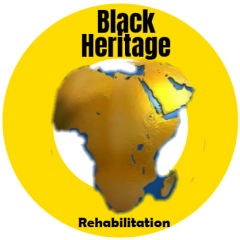
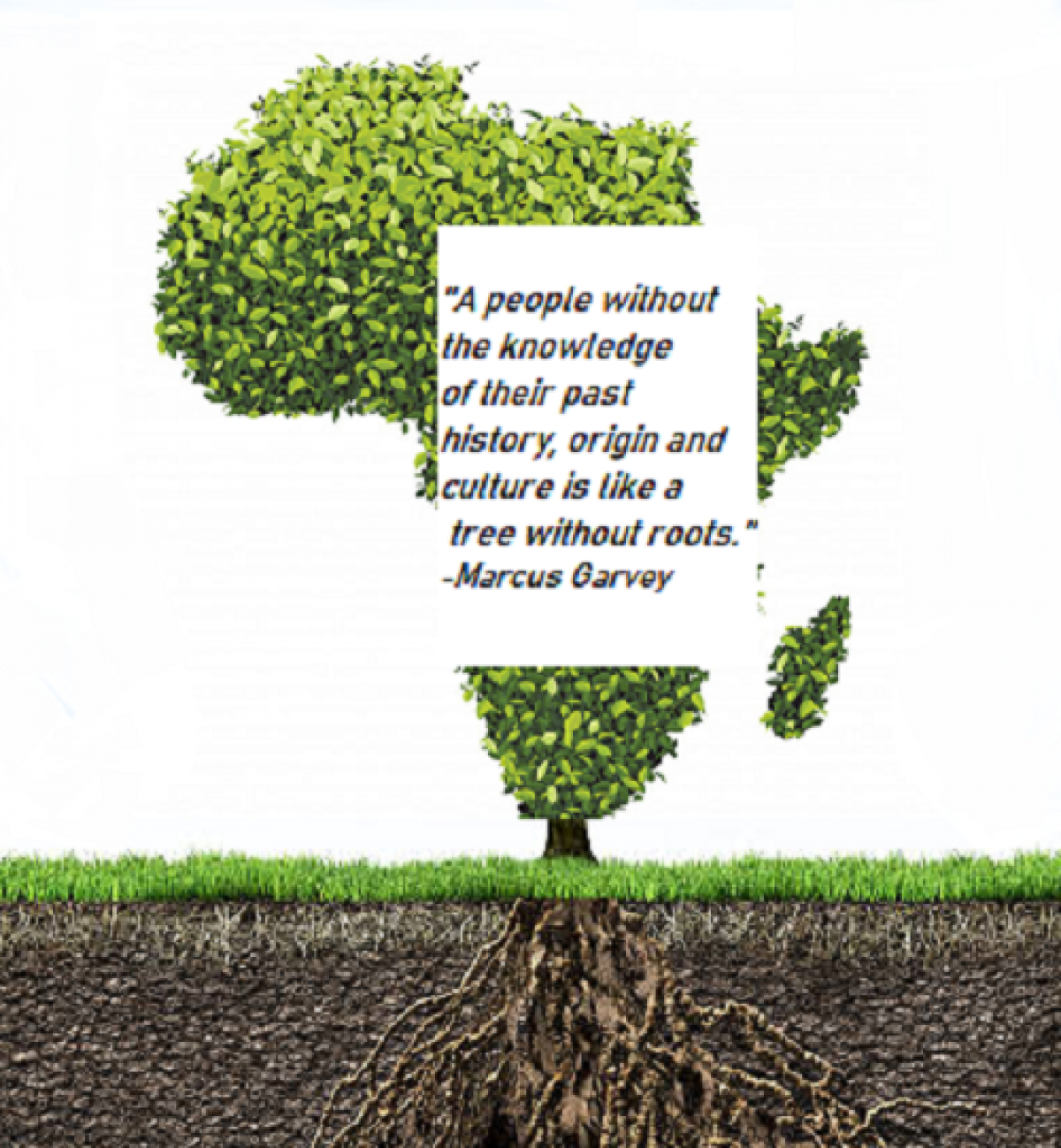
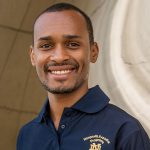
 made history in 2018 when he took a giant leap to the sky with a drone huge enough to fly passengers. The first in Africa.
made history in 2018 when he took a giant leap to the sky with a drone huge enough to fly passengers. The first in Africa.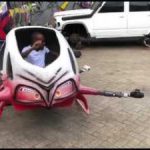
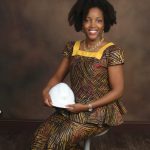 Ngalula Sandrine Mubenga is a Congolese Engineer and Assistant Professor at the University of Toledo. Mubenga was born in Kinshasa and is the daughter of a United Nations diplomat. She grew up in the Democratic Republic of the Congo, France, Senegal and in the United States. At the age of seventeen she was hospitalised with appendicitis, and needed surgery, but the city had run out of power. This experience inspired Mubenga to become an electronic engineer. Mubenga studied electronic engineering at the University of Toledo and graduated in 2005.
Ngalula Sandrine Mubenga is a Congolese Engineer and Assistant Professor at the University of Toledo. Mubenga was born in Kinshasa and is the daughter of a United Nations diplomat. She grew up in the Democratic Republic of the Congo, France, Senegal and in the United States. At the age of seventeen she was hospitalised with appendicitis, and needed surgery, but the city had run out of power. This experience inspired Mubenga to become an electronic engineer. Mubenga studied electronic engineering at the University of Toledo and graduated in 2005.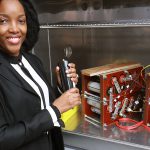 Her master’s research considered hybrid vehicles that included hydrogen fuel cells. In 2011 she became a licensed engineer.Her doctoral research, also at the University of Toledo, involved the development of a bilevel equaliser, and was the first to combine an active and low-cost passive equaliser. The equaliser could be used to extend the battery life of lithium-ion batteries
Her master’s research considered hybrid vehicles that included hydrogen fuel cells. In 2011 she became a licensed engineer.Her doctoral research, also at the University of Toledo, involved the development of a bilevel equaliser, and was the first to combine an active and low-cost passive equaliser. The equaliser could be used to extend the battery life of lithium-ion batteries She is the brilliant mind that transformed an electric car into a hybrid car by integrating a fuel cell. The fuel cell is a device that is electrochemical in nature. It then converts hydrogen into electricity. In turn, the vehicle runs using hydrogen and the only ‘waste’ that it releases is water.
She is the brilliant mind that transformed an electric car into a hybrid car by integrating a fuel cell. The fuel cell is a device that is electrochemical in nature. It then converts hydrogen into electricity. In turn, the vehicle runs using hydrogen and the only ‘waste’ that it releases is water. Cameroonian Arthur Zang invented the device called the Cardiopad. He was just 24 years old when he invented it. The Cardiopad is a touch screen medical tablet that enables heart examinations to be performed. The results of the tests are sent wirelessly to specialists in other parts of Cameroon who can interpret them.
Cameroonian Arthur Zang invented the device called the Cardiopad. He was just 24 years old when he invented it. The Cardiopad is a touch screen medical tablet that enables heart examinations to be performed. The results of the tests are sent wirelessly to specialists in other parts of Cameroon who can interpret them.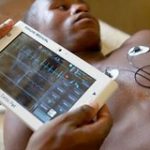 It allows health workers to give heart examinations and send the results to heart specialists far away. It allows local medical officers to conduct heart examinations like the popular electrocardiogram, or ECG as it is popularly known. The results from his Cardiopad are sent to a cardiologist via a mobile network and can be interpreted within 20 minutes.
It allows health workers to give heart examinations and send the results to heart specialists far away. It allows local medical officers to conduct heart examinations like the popular electrocardiogram, or ECG as it is popularly known. The results from his Cardiopad are sent to a cardiologist via a mobile network and can be interpreted within 20 minutes.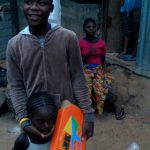 Kelvin Doe (born October 26, 1996 in Freetown, Sierra Leone), also known as DJ Focus, is a Sierra Leonean engineer. He is known for teaching himself engineering at the age of 13 and building his own radio station in Sierra Leone, where he plays music and broadcasts news under the name “DJ Focus.”
Kelvin Doe (born October 26, 1996 in Freetown, Sierra Leone), also known as DJ Focus, is a Sierra Leonean engineer. He is known for teaching himself engineering at the age of 13 and building his own radio station in Sierra Leone, where he plays music and broadcasts news under the name “DJ Focus.”